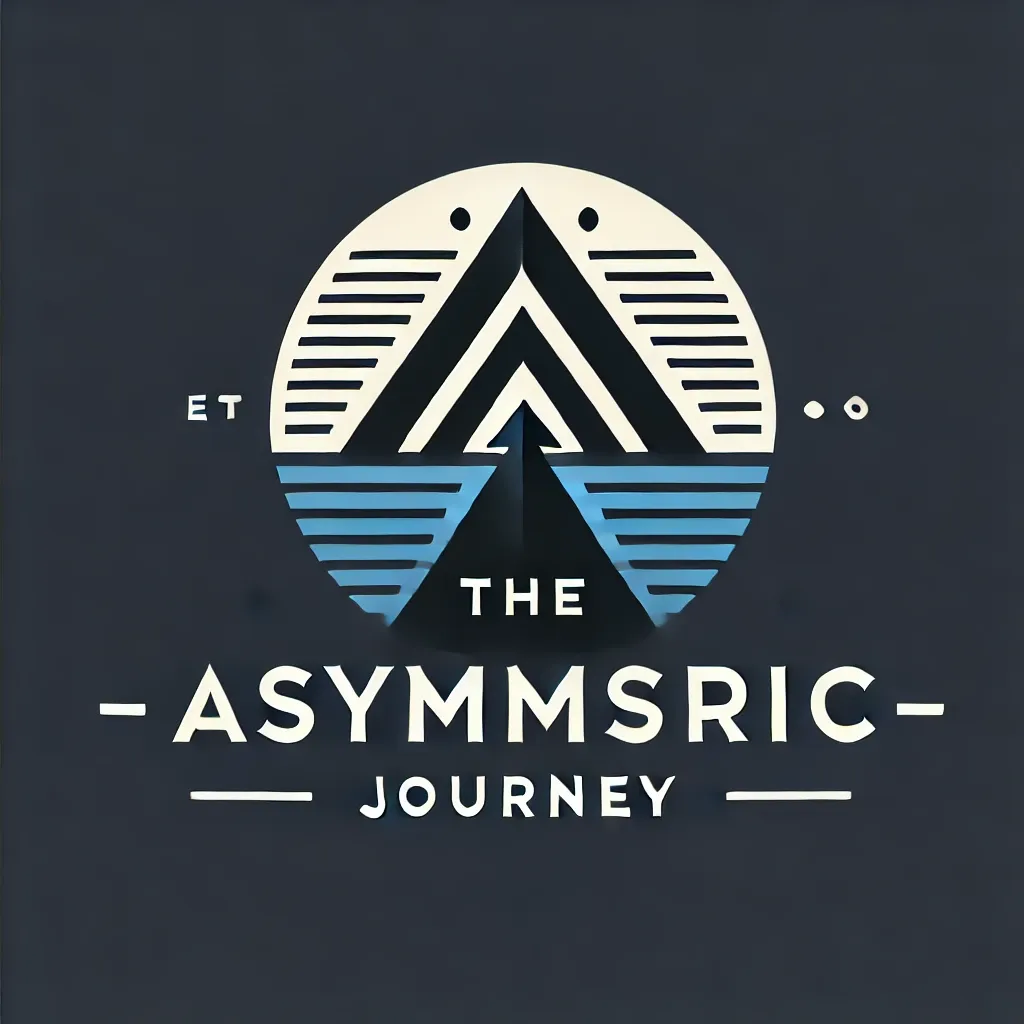Killing Copy-Paste: My Plan to Build an AI-Powered Ghost Extension
Here I outline the first steps I should take in order to validate a product idea I have been thinking about for the past few months

Copy-pasting from ChatGPT is still the biggest pain in my blogging flow, and none of the other options work well with Ghost.
I’ve wanted to build something that makes extra money for years, but I was never sure what problem to solve—until I faced this annoyance again.
I’ve had plenty of ideas but never followed through. Starting another side project that ends up in the archive after the initial buzz scares me. Still, the weight of doing nothing feels heavier this time.
So, in true Building-in-Public style, I’m documenting my first steps to validate the idea.
1. Define the problem and my main hypotheses
My current workflow
- Write in the Ghost editor.
- Paste the draft into ChatGPT for grammar, typos, and clarity (without changing my voice).
- Copy the result back into Ghost and fix any formatting, links, or images that broke.
It works, but it’s slow. I also miss the “fix this” experience I get from my AI-enabled IDE, and I rely on ChatGPT for other tasks like writing excerpts.
Problem: Writers waste time shuffling text between their AI tool and Ghost. Tab-switching is annoying; true integration would be better.
Hypotheses
- About 60 % (or more) of Ghost users already use an external AI tool and find the process clunky.
- Users would install a plugin that improves Ghost’s editor.
- At least 25 % of early users would pay around €20/month to keep using it.
(Ghost (Pro) powers about 20 k sites. If 25 % subscribed, that’s roughly 5 k users—about €100 k in monthly revenue.)
2. Search for signals and study the competition
I’m already digging, but now I’ll take real notes instead of just bookmarking.
- User forums show requests for AI in Ghost, but some push back, worried about “AI-generated trash.” Strong signals on both sides.
- Most AI-blogging tools focus on writing outside Ghost and automating content. This suggests two markets: people who care about authentic writing and people who don’t. Which one should I chase?
- I’ll also look at tools like Lex.page and JesterAI.
3. Talk to people
Time for interviews. Scary, yes, but building first is the wrong order.
I’ll line up writers willing to chat, test my copy-paste pain hypothesis, and hopefully recruit early adopters for the MVP.
I'll probably adapt my previous script for user interviews for this use case.
4. Validate with a mock-up
Using Figma or Loom, I can demo a UI (for example, a diff view after asking AI for changes) and collect feedback.
In parallel, a simple landing page with the same demo and a waitlist form will let me measure interest.
This is the most unintuitive part for me as an engineer. It may be that I'll need to learn a little Figma, but that's the fun part of building everything on your own.
5. Build the MVP
The first version must prove three things:
- It reduces AI-related friction.
- Users will install a Ghost plugin.
- They’re willing to pay.
One week of dev should be enough, even though I’ve never built a browser extension. Product analytics will show how it’s used, assuming I can ship an extension that tracks usage.
Key metrics: Activation, Engagement, and Retention.
And then…
Who knows?
- Maybe it’s all smoke.
- Maybe the market wants nothing to do with AI.
- Maybe I’ll chase a shinier idea.
I’m posting this so you can call me out if I miss my goals. The carrot might fail, but the stick hurts more.

👉 Are you a Ghost writer wrestling with copy-paste?
Email me at eugenio@donaque.xyz
End
These sort of actions are ultimately the biggest asymmetric bet I could take on at this point.
Leveraging my professional career to build things of my own not only gives me the chance of making an extra buck here and there, but also improves my own skillset. Should this fail, it'd only add experience to my background.
You're welcome to jump along and sign up to my newsletter if you're interested in seeing where this goes.
Best,
Eugenio.
